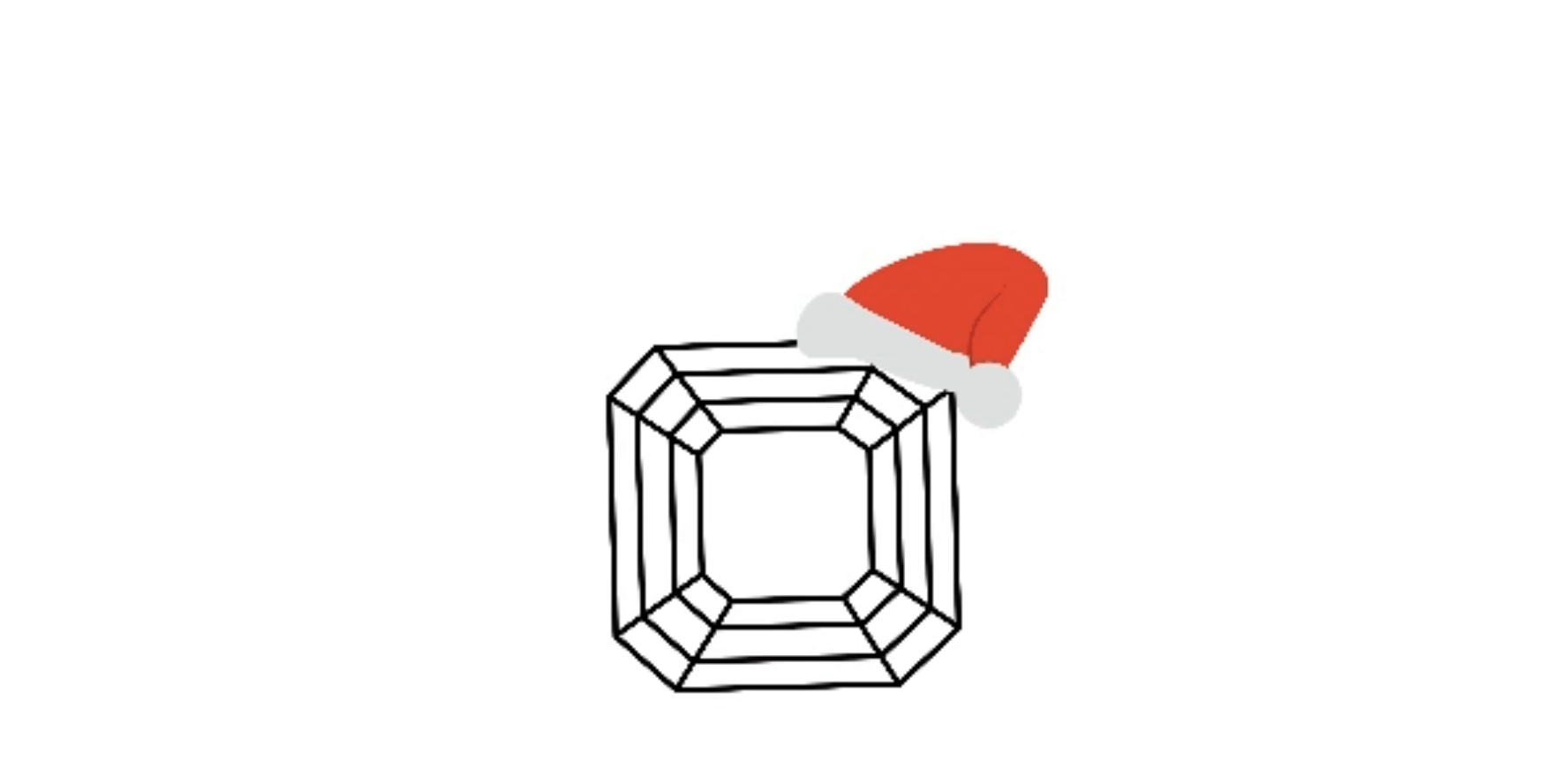What is Peridot?: Inside look into the August Birthstone
- Michelle Macias
- Jun 5
- 3 min read
Updated: Jul 16
Peridot—a vibrant green gemstone often called the “Evening Emerald”—has captivated wearers for millennia. As August’s birthstone, and one of the most sought-after august birthstone gems, peridot jewelry holds special meaning for those born late summer. In this blog, we’ll explore peridot’s origins, mineral properties, symbolism, jewelry uses, care instructions, and buying tips to help you understand why it remains a beloved gem today.

Origins & History
Geological Formation: Peridot is the gem-quality variety of the mineral olivine (Mg,Fe)₂SiO₄. Most peridot forms deep within Earth’s mantle, brought to the surface by volcanic activity. Some rare peridot even occurs in meteorites, making it one of the few gemstones with an extraterrestrial origin.
Historical Significance: Ancient Egyptians called peridot the “gem of the sun.” Cleopatra reportedly wore peridot jewelry, and crusaders in the 12th century believed it had protective powers. In medieval Europe, peridot was used in church embroidery and ceremonial regalia—its bright green hue symbolizing renewal and light.
Modern Sources:
Today, significant peridot deposits exist in:
Zabargad Island (Egypt): One of the oldest-known sources, producing large, high-quality stones.
Arizona (USA): The San Carlos Reservation mines yield peridot year-round and account for approximately 90% of the world’s commercial supply.
China & Myanmar: Emerging sources that supply peridot for international markets.
Physical & Optical Properties
Color & Clarity: Peridot ranges from yellowish-green to olive-green and deep forest green. Its signature lime-green color comes from iron content in the crystal structure. High-quality peridot is relatively free of inclusions, although small black chromite inclusions are common and do not detract from the gem’s beauty.
Hardness & Durability: On the Mohs scale, peridot ranks around 6.5–7. This makes it durable enough for most jewelry types—rings, necklaces, earrings—but still requiring care to prevent scratches. Avoid wearing peridot jewelry pieces during rigorous activities to maintain their polished finish.
Refractive Index & Brilliance: With a refractive index between 1.65 and 1.69, peridot displays good sparkle—especially in well-cut stones. Its single refraction (unlike the double refraction in emerald or tourmaline) gives a clean, bright flash of green when light hits the facets.

Symbolism & Meaning
Renewal & Growth: Peridot’s fresh green color is often associated with spring, renewal, and personal growth. Many believe wearing peridot jewelry can bring new beginnings and a sense of rejuvenation.
Protection & Well-Being: Historically, peridot was thought to ward off nightmares and negative energy. In some cultures, it’s still used as a protective talisman, believed to balance emotions and promote emotional healing.
August Birthstone: As August’s traditional birthstone or august birthstone, peridot is a popular choice for birthday gifts. Its lively hue and positive associations make peridot jewelry especially meaningful for late-summer birthdays.
Jewelry Uses & Styling
Rings
Peridot’s vivid green makes it an eye-catching center stone for rings. Whether set in a 14k yellow-gold peridot jewelry solitaire or surrounded by accent diamonds in a halo setting, peridot rings combine elegance with a vibrant pop of color.
Necklaces & Pendants
A peridot jewelry bezel-set pendant on a dainty chain highlights the gem’s green glow without overwhelming the design. Layering an old necklace for layering—like a simple white-gold chain—under a peridot charm creates dimension while letting the peridot stand out.
Earrings
Peridot jewelry stud earrings—either 4 mm or 6 mm—offer a subtle way to incorporate color. For more impact, consider peridot drop earrings or hoops accented with small peridot stones, which catch light beautifully and complement both casual and formal looks.
Bracelets & Bangles
A delicate peridot jewelry tennis bracelet—featuring a row of matched 2–3 mm stones—makes an elegant addition to any wrist stack. In mixed-metal collections, pair a peridot bangle in white gold with a rose-gold cuff for a modern, multi-colored wrist stack.
How to Care for Peridot Jewelry
Cleaning: Use warm, soapy water and a soft brush to gently clean peridot jewelry. Rinse thoroughly and pat dry with a lint-free cloth. Avoid ultrasonic cleaners or steamers, as peridot can fracture under rapid temperature changes.
Storage: Store peridot separately from harder gemstones (diamonds, sapphires) to prevent scratches. A padded jewelry box or a soft pouch works best. Keep peridot jewelry away from direct sunlight and high heat, as prolonged exposure can fade the stone’s color.
Everyday Wear Tips: Remove peridot rings and bracelets before engaging in household chores, gym sessions, or gardening. Peridot’s hardness makes it more prone to chips and scratches than harder stones, so periodic professional inspections and cleanings (every 6–12 months) will keep your peridot jewelry looking its best.
Ready to add peridot jewelry to your collection?
Discover J&M Jewelry’s selection of peridot pieces or visit our Custom Design Page to create a one-of-a-kind peridot piece that tells your unique story.














































